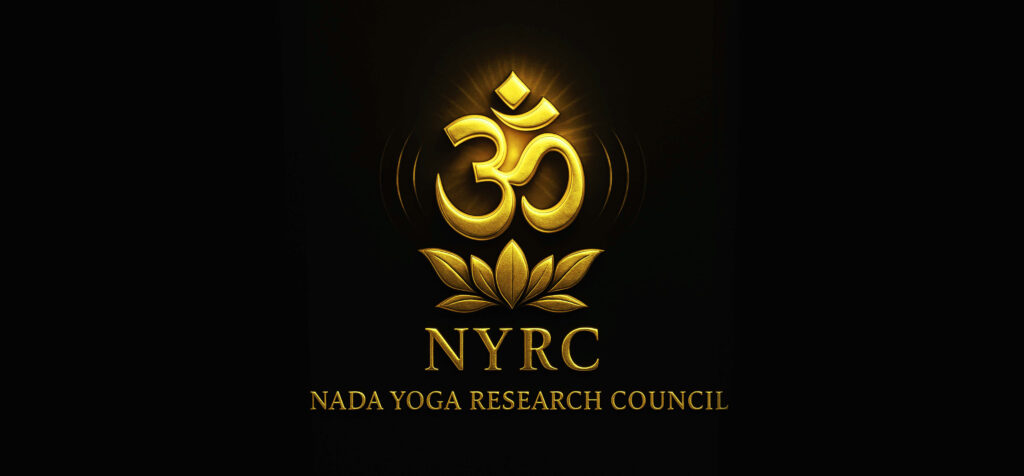This philosophy bridges Sanatan wisdom with modern science, affirming that the universe originates from Nāda (primordial sound). In Indian spiritual tradition, Nāda Brahma (the sound of creation) is considered the foundation of existence, aligning with modern physics’ principles of vibration and energy.
Creation and the Principle of Nāda Brahma
According to Sanatan scriptures, Lord Vishnu is the ultimate foundation of existence. From his navel, a lotus emerges, giving birth to Brahma, the creator. The first sound “Om” (Pranava Nāda) originates from Brahma’s mouth, leading to the formation of the five great elements (Panchamahabhutas).
The Process of Elemental Creation
- Ether (Ākāśa) → The first element, formed from the vibration of Om.
- Air (Vāyu) → Ether generates motion, giving rise to air.
- Fire (Agni) → Air creates friction, resulting in fire.
- Water (Jala) → Fire condenses to form water.
- Earth (Prithvi) → Water solidifies into earth.
Shiva’s Role: Dissolution and Renewal
Once creation reaches completion, Lord Shiva performs the Tāṇḍava (cosmic dance), leading to dissolution. However, this destruction is merely a transformation, preparing for a new cycle of creation. The lotus from Lord Vishnu’s navel emerges again, restarting the process.
Scientific Perspective
This philosophy resonates with quantum physics and string theory, which propose that the universe is composed of vibrational energy. Nāda, or cosmic sound, transforms energy into matter, a concept parallel to modern scientific findings.
“Everything in the Universe is vibration.” – Nikola Tesla
Nāda Brahma and the Practice of Nāda Yoga
Nāda Yoga is based on the principle that sound connects human consciousness with cosmic energy. Chanting Om and specific sound frequencies can elevate one’s consciousness, aligning with universal vibrations.
Scriptural References and Supporting Verses
1. Nāda Brahma in the Vedas
Rigveda 1.164.39
“Uta vācho’ram kṛṇute yam bibharti vāṇī.”
(Sound manifests the universe.)
Yajurveda 40.17
“Om pūrṇamadaḥ pūrṇamidam pūrṇāt pūrṇamudachyate.”
(Om represents completeness, from which the universe originates and dissolves.)
2. Nāda in the Upanishads
Nāda Bindu Upanishad 1.1
“Tasya vā etasya nādaḥ eva mūrtir.”
(The entire universe is an expression of Nāda Brahma.)
Māṇḍūkya Upanishad 1.1
“Om ityetadakṣaraṃ idaṃ sarvaṃ.”
(Om is the eternal vibration of the cosmos.)
3. Bhagavad Gita on Cosmic Sound
Bhagavad Gita 7.8
“Raso’ham apsu kaunteya, prabhāsmi śaśi-sūryayoḥ।
Nādaḥ svabhāve sarvasya, śabdaḥ khe pauruṣaṃ nṛṣu॥”
(O Arjuna, I am the sound in space and the energy within all beings.)
4. Shiva and the Cosmic Cycle
Shiva Purana 2.1.16
“Nṛtyaṁ tāṇḍavaṁ arthāya saṁhārāya punaḥ punaḥ.”
(Through Tāṇḍava, Lord Shiva dissolves and regenerates creation.)
Conclusion: The Union of Nāda Brahma, Science, and Consciousness
This concept is not merely a religious belief but a fusion of spirituality and modern science:
- The universe is composed of sound vibrations.
- Nāda gives rise to the five elements.
- Shiva’s cosmic dance symbolizes the cycle of dissolution and recreation.
- Modern physics aligns with the idea that vibration is the core of existence.















